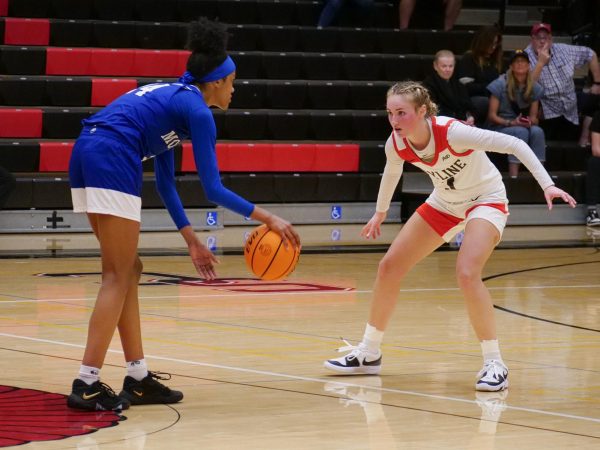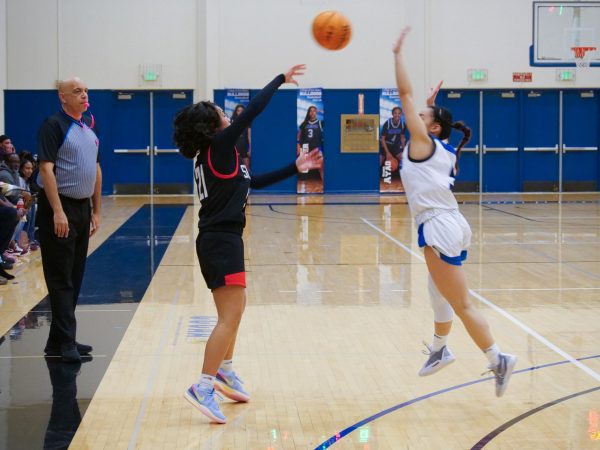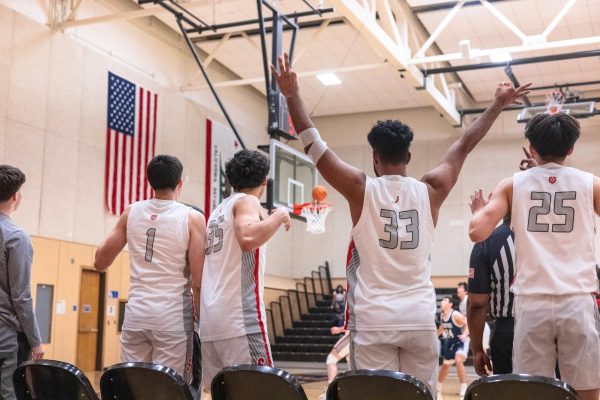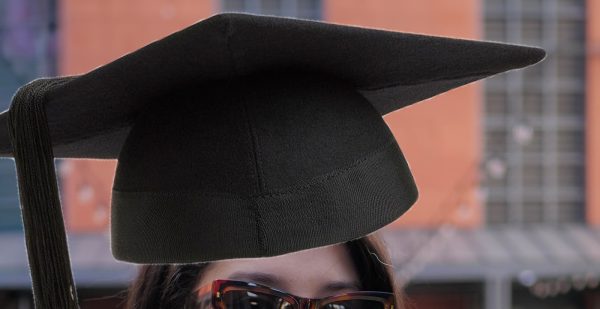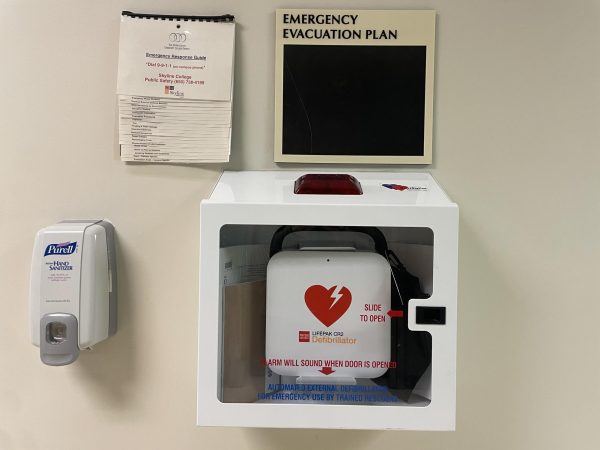Colleges in court to protect unpaid play
Controversy is mounting over whether to allow college athletes, who generate millions of dollars every year for their host institutions, to draw their own salaries.
On March 17, the debate escalated into the appellate court system, with the National Collegiate Athletic Association, (NCAA), asking the U.S. 9th Circuit Court of Appeals in Seattle, Washington to throw out an earlier lower court ruling from August, 2014. The August decision, which was heard in an Oakland district court under Judge Claudia Wilkin, laid the foundation for student athletes to earn a limited share of revenue generated from use of their names, images and likenesses in video games and TV broadcasts.
“Plaintiffs seek to challenge the set of rules that bar student-athletes from receiving a share of the revenues,” Judge Wilkin wrote in her 99-page decision. “The NCAA denies this charge and asserts that its restrictions on student-athlete compensation are necessary to uphold its educational mission.”
The favorable ruling is now under review. According to Reuters, Judge Jay Bybee has suggested that Judge Wilkin’s suggested remedy, which involved funneling $5,000 each year into trust funds for NCAA players, may have “crossed a line.” Supporters of a ruling in favor of the NCAA include broadcasting corporations Walt Disney and CBS.
The average revenue from sports for a top 10 NCAA school, taking into account ticket sales, donations, rights/licensing, and other sources including TV income, was $122.2 billion in the 2012-13 academic year, according to a USA Today survey. College athletes currently receive none of this revenue. They are also barred from entering into endorsement deals with third-party vendors.
“Universities are making millions and billions off of their athletes, that’s no question,” Head Baseball Coach and Professor Dino Nomicos said.
However, Nomicos doesn’t want to point the finger at colleges. He believes that video game companies should pay to use an athlete’s likeness. Freshman first baseman Brennan Carey agrees, but he thinks that at big name universities like Ohio and Michigan, a small stipend for players seems fair.
“No-name schools don’t bring in as much,” he said.
If scholarships fail to cover cost of living, Nomicos thinks that student-athletes ought to be given enough money to pay for their meals by the university. But as far as direct revenue outlay, students should be satisfied with the tens of thousands of dollars they receive in scholarships.
“They’re getting the privilege to compete,” he said.
In the world of college sports, only a very small percentage of student-athletes ever transition into the professional arena. Many more hope to use athletics to achieve a quality education with the help of a scholarship.
“I think in college, they still have their love of the game,” said Ezzia Geith, a former Skyline women’s basketball player. She was considering an athletic transfer, but instead chose to pursue a bachelor’s degree in psychology.
“In the pros, it’s all about money and politics,” she said.
Chris Lee, a third year automotive technology major, said he plays video games that prominently feature college athletes, despite not paying them.
“They shouldn’t get a lot because they’re already on scholarship,” he said. “Just enough to make a living.”




